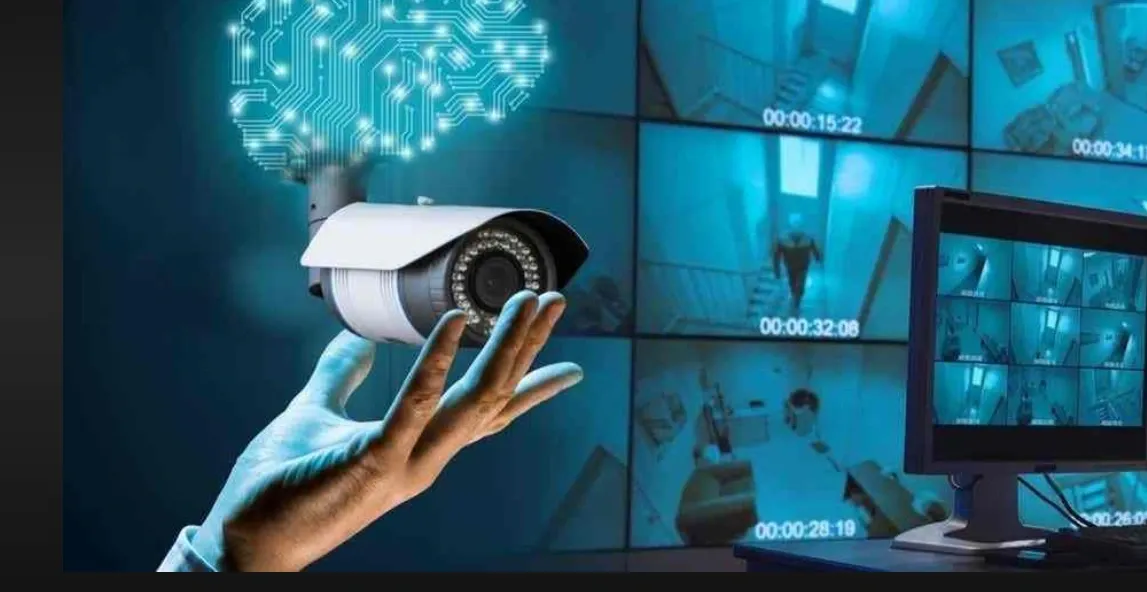AI for Video Surveillance: Smarter, Safer, and More Efficient Monitoring

Introduction
Traditional video surveillance systems rely heavily on human monitoring — which can be time-consuming, costly, and prone to errors. But today, AI for video surveillance is transforming how security and safety are managed worldwide.
By combining artificial intelligence with high-definition cameras and real-time analytics, modern surveillance systems are no longer just “watching” — they’re understanding what they see. From detecting suspicious activities to predicting potential threats, AI-powered video surveillance is redefining safety across industries and public spaces.

What Is AI for Video Surveillance?
AI for video surveillance refers to the use of machine learning, computer vision, and deep neural networks to automatically analyze video feeds and identify important patterns, behaviors, or anomalies.
Unlike traditional CCTV systems that depend on human operators, AI-driven systems can detect unusual events, track objects, recognize faces, and even alert security personnel instantly — all in real time.
How AI Is Revolutionizing Video Surveillance
Here are the core ways AI is changing the landscape of video monitoring:
1. Real-Time Threat Detection
AI algorithms can detect unusual behaviors, such as loitering, trespassing, or crowding, and alert security teams instantly. This reduces reaction time and prevents incidents before they escalate.
2. Facial and Object Recognition
AI can identify faces, license plates, or specific objects with impressive accuracy — helping authorities locate suspects or vehicles quickly in public areas or private facilities.
3. Behavior Analysis
Through pattern recognition, AI systems learn what “normal” behavior looks like in a given environment and automatically detect deviations — such as someone leaving a bag unattended or accessing restricted areas.
4. Automated Alerts and Notifications
AI-driven surveillance platforms can send real-time alerts to smartphones, security dashboards, or control centers, minimizing the need for continuous human supervision.
5. Data Analytics and Reporting
AI doesn’t just detect — it learns. These systems generate insights about traffic flow, occupancy levels, and time-based activity trends, supporting better decision-making and security planning.
Benefits of Using AI for Video Surveillance
| Benefit | Description |
|---|---|
| Improved Accuracy | Reduces human error and false alarms with intelligent detection. |
| Cost Efficiency | Lowers the need for manual monitoring and staff hours. |
| Scalability | Easily integrates across multiple locations and devices. |
| Proactive Security | Detects potential threats before they happen. |
| Data-Driven Insights | Offers valuable analytics beyond security — like customer behavior or traffic flow. |
Real-World Applications of AI in Video Surveillance
AI for video surveillance is being adopted across various sectors:
- Smart Cities: Monitoring traffic flow, managing public safety, and reducing congestion.
- Retail: Preventing theft, analyzing shopper behavior, and managing store occupancy.
- Transportation: Enhancing airport, railway, and subway safety through automated threat detection.
- Healthcare: Protecting hospitals by monitoring restricted zones and identifying emergencies.
- Industrial Facilities: Detecting equipment malfunctions, fire hazards, or unauthorized access in real time.
- Education: Ensuring campus safety by identifying unusual activities or intrusions.
Ethical and Privacy Considerations
While AI for video surveillance offers clear benefits, it also raises ethical concerns that need careful attention:
- Data Privacy – Personal data, including faces and movements, must be handled according to laws like GDPR (Europe) or CCPA (California).
- Bias and Fairness – AI algorithms must be trained on diverse datasets to avoid biased recognition or inaccurate profiling.
- Transparency – Users should be aware when and how AI surveillance is used in public or private spaces.
Responsible implementation ensures that AI enhances safety without compromising individual rights.
The Future of AI-Powered Surveillance
The future of AI for video surveillance looks promising — and smarter than ever.
Here’s what’s next:
- Edge AI Processing: Real-time analysis directly on cameras, reducing latency and bandwidth costs.
- Integration with IoT and Smart Infrastructure: AI systems will interact with traffic lights, alarms, and other devices for coordinated responses.
- Predictive Surveillance: Systems will soon be able to forecast potential incidents using behavioral data trends.
- Cloud-Based Intelligence: Centralized, scalable platforms that provide global monitoring from a single interface.
As AI evolves, it will continue to make surveillance systems not just reactive but predictive and intelligent.
Frequently Asked Questions (FAQs)
Q1: What is AI for video surveillance?
A: It’s the use of artificial intelligence algorithms to analyze video footage automatically, detect unusual activity, recognize faces or objects, and alert authorities in real time.
Q2: How does AI improve traditional surveillance systems?
A: AI enhances accuracy, eliminates manual monitoring, detects threats proactively, and provides intelligent analytics for better security management.
Q3: Is AI video surveillance safe for privacy?
A: When implemented ethically and under strict privacy laws like GDPR or CCPA, AI surveillance can maintain a balance between safety and individual rights.
Q4: What industries benefit most from AI-powered video surveillance?
A: Smart cities, retail, transportation, healthcare, manufacturing, and education sectors use AI surveillance for safety, analytics, and efficiency.
Q5: What are the main challenges of AI surveillance?
A: Challenges include data privacy, potential bias in AI algorithms, high implementation costs, and the need for strong cybersecurity.
Q6: What’s the future of AI in video surveillance?
A: The future includes edge computing, predictive threat analysis, and integration with IoT for fully autonomous, real-time monitoring.
Conclusion
AI for video surveillance is transforming how we think about security — making it faster, smarter, and more proactive.
From real-time threat detection to intelligent analytics, AI empowers organizations and governments to protect people and property more effectively than ever before.
As technology continues to evolve, responsible and ethical adoption will ensure that the world becomes both safer and smarter — without compromising privacy or trust.





